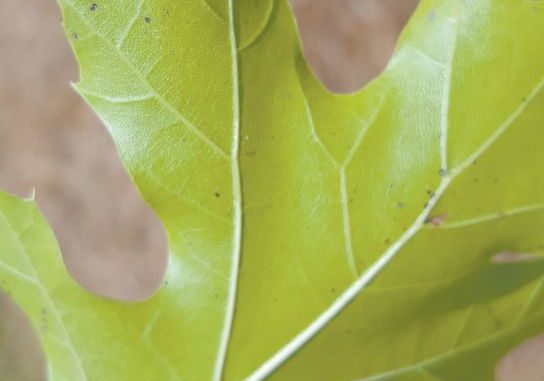
Whether it’s deer or squirrels you’re hunting, it’s no secret that you’ll raise your chances of success by putting yourself in the right spot.
You can’t kill them if they aren’t there, and one thing that both game animals key on is food. Finding the food they prefer most can give you a leg up on other hunters, even ones that legally bait with corn or other supplements.
“Deer and squirrels both prefer the acorns from white oak trees over red oak acorns — and even over corn,” hunter Chad Almond said. “When white oak acorns are on the ground, deer will bypass corn to get to them. And they’ll walk right past every red oak acorn stand if they know where some white oak acorns are.”
One reason for this, Almond said, is because white oak acorns are sweeter than red oak, but it’s also because these animals know white oak acorns will sprout much faster than red oak. This means they can allow the red oak acorns to stay on the ground longer without worrying about them sprouting; they know they need to eat the white oak acorns much more quickly.
Knowing how to identify white oak trees, of course, is essential for hunters to know where their acorns will be. There are many different species of red oaks, and numerous species of the white oak family, too.
The leaves tell the tale, and whether they are still on the tree or dried on the ground, hunters can easily identify them as from the red oak or white oak family.
“The leaves of white oak trees have rounded lobes all the way around. Red oak leaves are pointy, sharp, and prickly on the ends,” Almond said. “Also, if you look at the underside of a red oak leaf, you’ll see that the veins extend all the way to the edges, creating the sharp edges of the leaves. The veins on the underside of white oak leaves stop before reaching the ends.”


